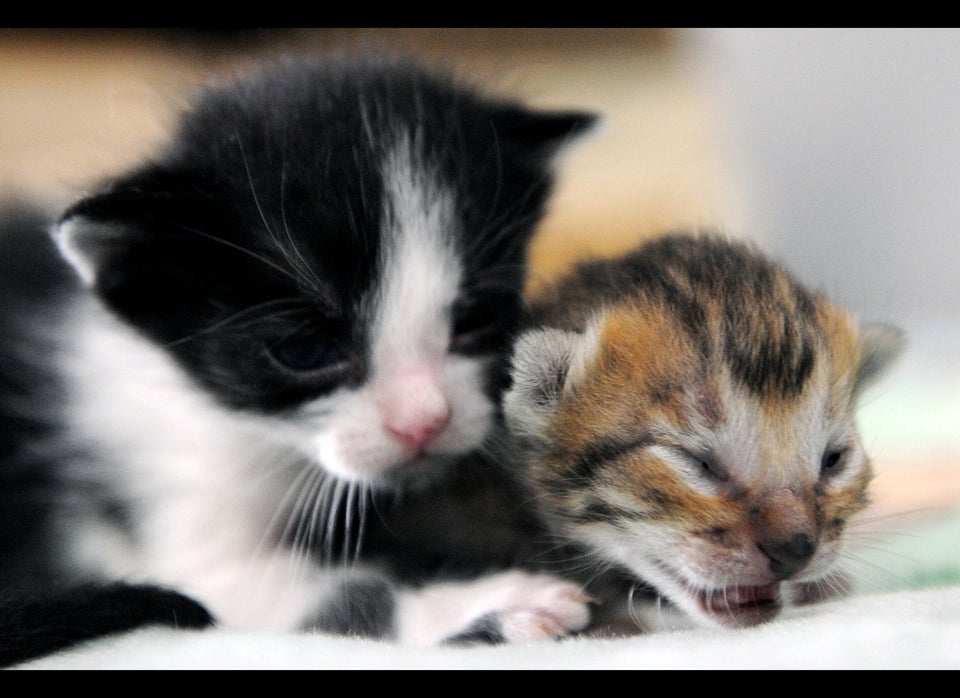
The University of Florida and certain members of its community are fighting over what to do about all the cat colonies on campus.
The Gainesville Sun reports there are currently 100 cats roaming free on the UF campus, itself a designated wildlife sanctuary. According to the Independent Florida Alligator, a handful of UF employees have been feeding the cats, which is against a university policy that prohibits the feeding of wild animals -- lumping feral cats in the same category as raccoons and alligators. University administrators have said that feeding the campus cats could attract other animals and noted that the cats could spread fleas and disease.
Under current university policy, when the felines are captured they are taken to be euthanized at Alachua County Animal Services. But Cat lovers at UF are not happy about that policy.
“You can tell there’s a cat-hating community among workers,” Joan Lyon, senior secretary at the Warrington College of Business Administration, told the Alligator.
Kat Worden, another Warrington College employee, recently shared her feelings in an Alligator op-ed opposing how the UF handles stray cats on campus:
A number of us have participated in Operation Catnip’s program to trap, neuter and release the adult cats back into their colony. Several of the kittens and a few adult cats have been placed in loving homes. Although we realize that most of the cats in the colonies are feral, and we cannot find homes for all of them, we hope to change UF’s policy concerning the feral population to be more humane. After all, humans caused the problem; we should fix it humanely.
A heated controversy on a college campus with cats at its center may seem unusual, but other large universities have dealt with this problem before.
At Stanford University, officials "announced a plan to trap and kill approximately 500 stray cats living on campus" back in 1989, according to the National Pet Alliance. The Stanford Cat Network was formed to "present an alternative solution in which they would organize to trap, alter, release and manage the cats." By 1994, only four kittens were found on campus.
The "Trap-Neuter-Return" approach has also been applied to feral and stray cat populations at Texas A&M University and North Carolina State University. The idea is that once cats have been spayed or neutered and no longer reproduce, the cat population will stabilize and eventually decline.
Julie Levy, director of the UF College of Veterinary Medicine Maddie’s Shelter Medical Program, reported in 2002 that cats tended to roam less after neutering, according to Alley Cat Allies. The cats also tended to fight less and become more affectionate towards each other after neutering.
Levy told the Alligator that volunteers dealt with a feral cat population at the University of Central Florida by spaying and neutering older cats while sending younger animals to be adopted. According to Levy, UCF reduced its on-campus cat population from more than 100 to approximately 10. Levy thinks that with a veterinary school on campus, UF has the potential to do even better.

